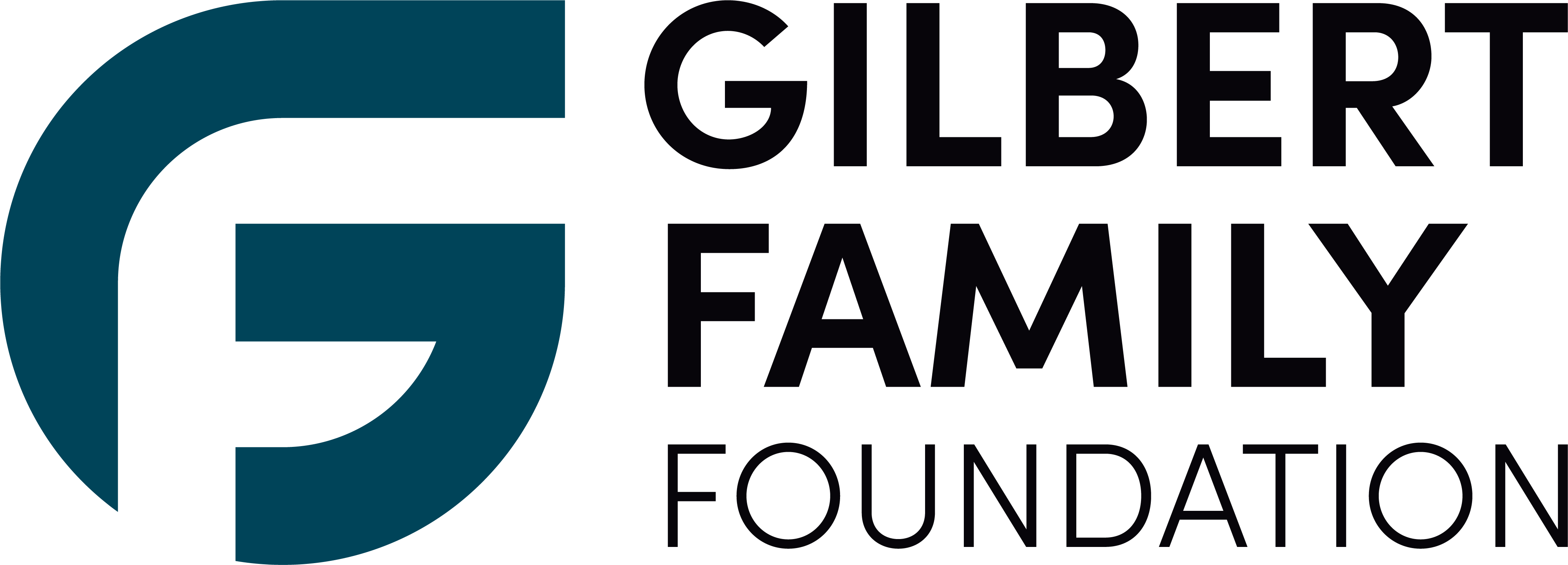The Gilbert Family Foundation (GFF) is on a mission to eradicate neurofibromatosis type 1 (NF1). This significant feat will require a collaborative effort amongst several stakeholders, including NF1 researchers, experts in parallel fields, clinicians, NF1 patients, and other NF1 research funders. Beyond engagement with several collaborative initiatives across the NF1 community, such as NF-OSI (see NF Open Science Initiative – GFF’s New Partnership with Sage Bionetworks and Other NF Research Funders) GFF has designed our major research programs with collaboration as the foundation, particularly through the engagement of existing NF1 researchers with researchers new to NF1.
The Gene Therapy Initiative (GTI) was designed to forge collaboration across different disciplines and institutions in order to develop new gene therapies. Research projects in GTI are team science awards, defined as collaborative research amongst investigators with experience in gene-targeting strategies in or outside the field of NF1. This format not only connects multiple lead investigators with complimentary capabilities to work together towards the project goals, but also engages gene therapy experts with those what have less experience in NF1. This provides valuable specialized expertise of promising technologies and helps grow the NF1 research community.
Similarly, GFF developed the Vision Restoration Initiative (VRI) to fundamentally support collaboration by experts across NF1 optic pathway gliomas, ophthalmology, neuroscience, and regenerative medicine. VRI recruited a ‘Dream Team’ of 12 researchers committed to exchanging research tools, data, ideas, and feedback. The current projects are also split into three subgroups by product type being developed- Neuroprotection/Neuroenhancement Therapy, Exogenous RGC Replacement Therapy, and Endogenous RGC Replacement Therapy. The Dream Team meets regularly both within subgroups and as a consortium to share these project updates and experimental ideas, where they also have the opportunity to provide suggestions for the initiative as a whole.
Through our experience managing these research programs, we have seen first-hand the positive effects of collaboration in science. New collective projects and resource concepts have emerged, and critical discoveries are able to be shared within the initiative as they occur. As GFF moves forward, we will continue to build programs that provide the structure and security to allow researchers to eliminate silos and work together to develop better therapies more efficiently, as well as seek out new partnerships in nontraditional places.
